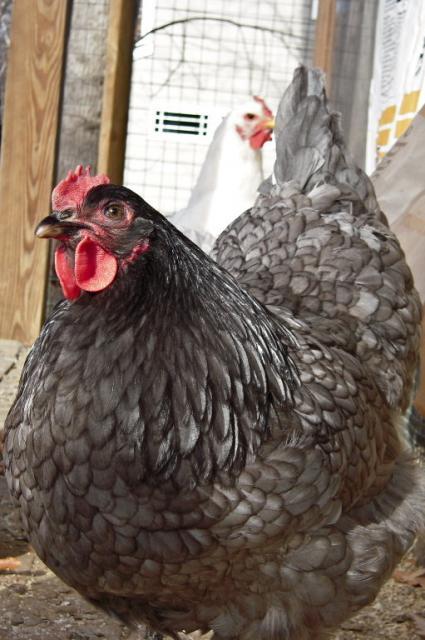Quote:
I feel the bigger the better. If you build small pens that are movable on grass, Then I think that would work.
Dick
I feel the bigger the better. If you build small pens that are movable on grass, Then I think that would work.
Dick



